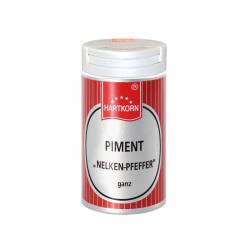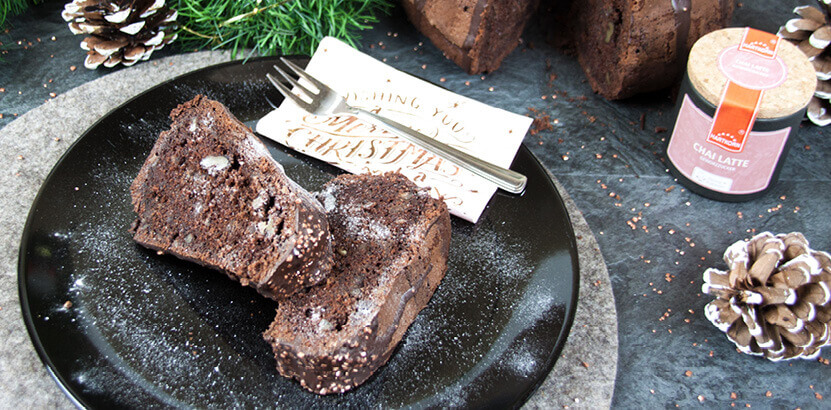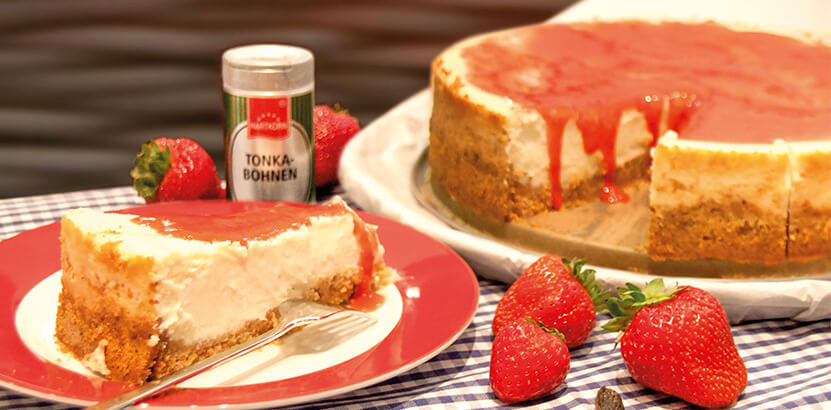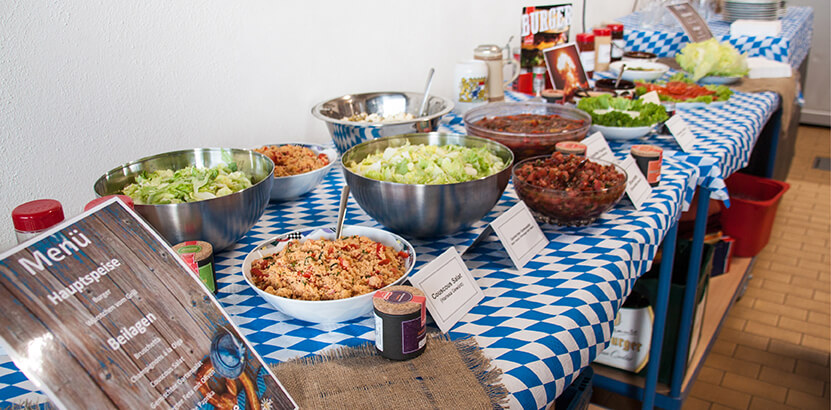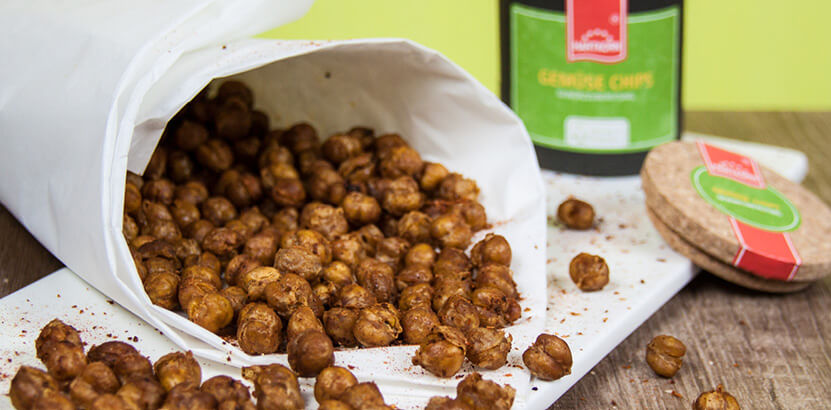use: Allspice smells very characteristically of a combination of cloves, nutmeg and cinnamon (the English name Allspice = universal spice indicates this) and tastes cloves-like with a slight pepper pungency. It is used to season pastries, soups, sauces, fish and meat dishes, and the grains are used in pickles and marinades. Allspice is particularly popular in Finnish and Swedish cuisine, where it is mainly used as a fish spice, especially with herring, and to season Kalops meat dishes. tip: Recipe suggestion: knowledge: Botany: home & spread: cultivation & extraction: History: Allspice
General information
Use
Things to know
Soups, sauces, meat and fish dishes, seafood, game, poultry, pies, chutneys, sauerkraut, Christmas pastries, mulled wine
Whole grains are boiled along or added 1/2 hour before the end of the cooking time
Jamaica punch: 10 allspice seeds, 1 Msp macis flower, 2 cinnamon sticks with 500 ml cider (sweet) and heat up, do not boil. Add 3 tablespoons of brown rum and 3 tablespoons of cognac. Serve hot.
Naming: Its high content of eugenol, an essential oil which is also present in cloves, as well as today's main cultivation area Jamaica (approx. 2/3 of the world's harvest) explain the names "Clove Pepper" and "Jamaica Pepper" which also give hints to its peppery taste.
The evergreen, rather slender allspice tree from the myrtle family grows to a height of about 6 to 13 m and has a dense, dark green foliage of opposite, large, leathery, elongated, egg-shaped, pointed leaves, the central rib of which is clearly visible on the underside. Numerous white flowers sprout at the tips of the twigs, arranged in false umbels. They produce green, spherical, double-seeded fruits that turn red when ripe.
The tropical Central America is the home of the allspice tree. Attempts to naturalise it on Java and Sumatra have had little success. Main cultivation areas: Jamaica, Barbados, the Leeward Islands, Guatemala, Honduras, Mexico and Brazil.
The young allspice trees are usually grown from seeds, more rarely from cuttings, and are harvested for the first time in the 7th and 8th year. The tree reaches its full carrying capacity at the age of 15 years, which it retains until it is very old - it becomes more than 100 years old. The yield of a large allspice tree under the most favourable conditions is approximately 45 kg per year. Harvesting is done manually when the berries are about 5 to 7 mm in diameter just before they are fully ripe. If one were to harvest only when fully ripe, the pimento grains would already have lost their characteristic aroma. After harvesting, drying follows, which takes about 7 to 10 days. Afterwards the stalks are removed from the grains. The colour varies between dark brown and reddish-brownish yellow, the surface of the seed is warty-rough.
Among the native peoples of Central America, allspice was not only used as a spice, but also to embalm the bodies of the deceased. In the 16th century it came to Europe with the Spaniards and spread very quickly afterwards. The name allspice also refers to the great Spanish influence, as the Spanish word "pimenta" means pepper, because the allspice tree used to be considered a type of pepper.
http://de.wikipedia.org/wiki/Piment


